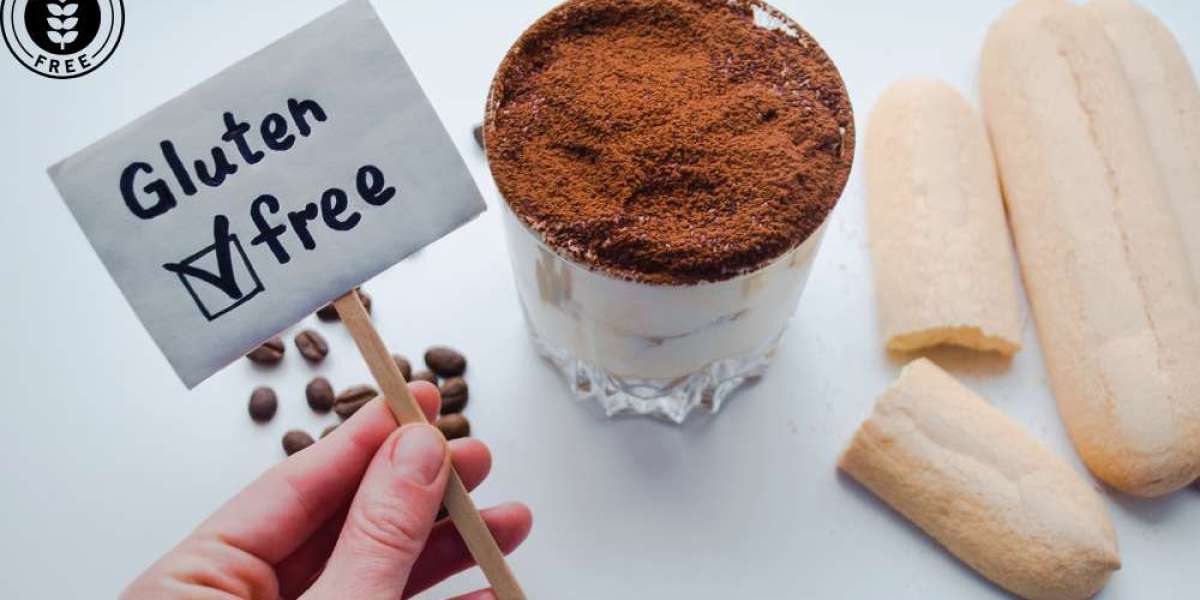Living a vibrant, flavorful life without gluten is within your reach! Whether you're newly diagnosed with celiac disease, managing gluten sensitivity, or simply curious about a gluten-free lifestyle, this article is your companion to deliciousness. We'll uncover the essentials of gluten-free living, giving you the confidence to navigate grocery aisles, restaurant menus, and your kitchen. From understanding what gluten is and why people avoid it to mastering balanced meal planning and finding exciting new recipes, this article will equip you to embrace a gluten-free diet that nourishes your body and satisfies your cravings.
What is Gluten?
Gluten is a protein found in wheat, barley, rye, and their derivatives. It gives dough its elasticity and helps baked goods rise. For some, gluten triggers a range of health issues.
Why Go Gluten-Free?
Celiac Disease: This autoimmune disorder causes serious damage to the small intestine when gluten is consumed.
Non-Celiac Gluten Sensitivity: While not an autoimmune condition, gluten can still trigger symptoms like bloating, fatigue, and headaches in some individuals.
Other Reasons: Some people choose a gluten-free diet for personal reasons or perceived health benefits.
Navigating the Gluten-Free Grocery Store
It might seem overwhelming initially, but navigating the gluten-free aisle doesn't have to be stressful. Here are some tips:
Read Labels Carefully: Look for products labeled "gluten-free" or certified by a trusted organization.
Familiarize Yourself with Gluten-Free Grains: Embrace naturally gluten-free options like rice, quinoa, millet, and buckwheat.
Explore Gluten-Free Substitutes: Many gluten-free flours, bread, pasta, and baked goods are readily available.
Check for Hidden Gluten: Gluten can lurk in unexpected places like sauces, soups, and processed foods.
Building a Balanced Gluten-Free Diet
Eating gluten-free doesn't mean sacrificing variety or nutrition. Here's how to create a balanced, fulfilling meal plan:
Focus on Whole Foods: Load up on fruits, vegetables, lean proteins, healthy fats, and gluten-free grains.
Experiment with New Recipes: There's a world of delicious gluten-free food recipes waiting to be discovered! Like Crispy baked sweet potato fries with avocado dip, Zesty black bean burgers on lettuce wraps, Creamy Thai coconut curry with chicken and vegetables, Decadent flourless chocolate cake
Don't Forget Fiber: Many gluten-free foods lack fiber, so include plenty of fruits, vegetables, and legumes.
Consider Supplements: If you're concerned about nutrient deficiencies, talk to your doctor about potential supplements.
Dining Out Gluten-Free
Going out to eat doesn't have to be a challenge. Follow these tips:
Research Restaurants: Look for restaurants with gluten-free menus or options.
Communicate with Your Server: Be clear about your dietary needs and ask questions about ingredients.
Be Prepared: If unsure, bring your snacks or a gluten-free meal.
Living a Deliciously Gluten-Free Life
Remember, going gluten-free is a journey, not a destination. It takes time to adjust, but with the right knowledge and resources, you can live a vibrant, delicious life without gluten. Embrace the abundance of gluten-free options, experiment in the kitchen, and enjoy the freedom of a diet that nourishes your body and satisfies your taste buds.







